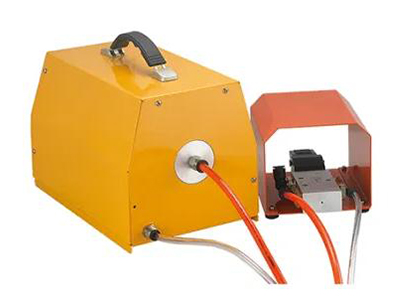The Impact of Electric Terminal Crimp Machines on Reducing Labor Costs in Electronics Manufacturing
In the rapidly evolving electronics manufacturing industry, efficiency and cost-effectiveness have become essential for maintaining competitiveness. One of the significant advancements contributing to these goals is the adoption of the Electric Terminal Crimp Machine. This specialized equipment has transformed the process of attaching terminals to wires, offering manufacturers a powerful tool to reduce labor costs while improving precision and consistency.
The Electric Terminal Crimp Machine automates a task that was traditionally performed manually, often requiring skilled laborers to ensure reliable connections. Manual crimping is not only time-consuming but also prone to human error, which can to product defects or failures. By integrating the Electric Terminal Crimp Machine into production lines, manufacturers can drastically reduce the number of labor hours needed, which translates directly into lower labor costs.
One of the key advantages of the Electric Terminal Crimp Machine is its speed. Unlike manual crimping, which depends heavily on the operator’s skill and endurance, electric crimping machines perform terminal crimps quickly and consistently. This high throughput capability means that production volumes can be increased without the need for proportional increases in workforce size. As a result, companies can meet growing demand without incurring significant labor expenses.
Moreover, the Electric Terminal Crimp Machine contributes to improved product quality. The machine’s ability to apply consistent pressure and crimping angles ensures that each connection meets strict quality standards. This reliability reduces the need for rework and inspections, which are labor-intensive processes. When fewer defective products are produced, the overall cost of labor spent on corrections diminishes, further enhancing cost savings.
Another important aspect is the reduction in training requirements. Manual crimping requires workers to develop a certain level of expertise to achieve acceptable results, which can take considerable time and resources. The Electric Terminal Crimp Machine simplifies operations, allowing less experienced operators to produce high-quality crimps with minimal training. This reduction in training time and complexity contributes indirectly to lowering labor costs by freeing up human resources for other tasks.
The flexibility of the Electric Terminal Crimp Machine also plays a role in labor cost reduction. Many models support various terminal sizes and wire gauges, which reduces the need to change equipment or hire additional specialized operators when switching between products. This versatility allows a smaller workforce to handle a wider range of tasks efficiently.

From an ergonomic perspective, the Electric Terminal Crimp Machine improves workplace safety and comfort. Manual crimping can cause repetitive strain injuries due to the repetitive motions and force required. By automating the process, the machine helps minimize the risk of such injuries, to fewer sick days and associated labor disruptions. Healthy workers contribute to consistent production and reduce indirect labor costs related to absenteeism.
While the initial investment in an Electric Terminal Crimp Machine may be higher than manual tools, the long-term savings in labor costs and increased production efficiency often justify the expense. Many electronics manufacturers report rapid return on investment due to reduced manpower requirements and enhanced output quality.
In summary, the Electric Terminal Crimp Machine is a vital innovation that significantly impacts labor costs in electronics manufacturing. Its ability to speed up terminal crimping, improve product quality, reduce training needs, and enhance worker safety collectively contributes to lowering labor expenditures. As the electronics industry continues to grow and evolve, the adoption of electric crimping technology will remain a key strategy for manufacturers aiming to maintain cost-effective and high-quality production.
By embracing the Electric Terminal Crimp Machine, manufacturers not only cut labor costs but also position themselves for greater scalability and competitive advantage in the global market.

 EN
EN  English
English русский
русский Español
Español عربى
عربى









